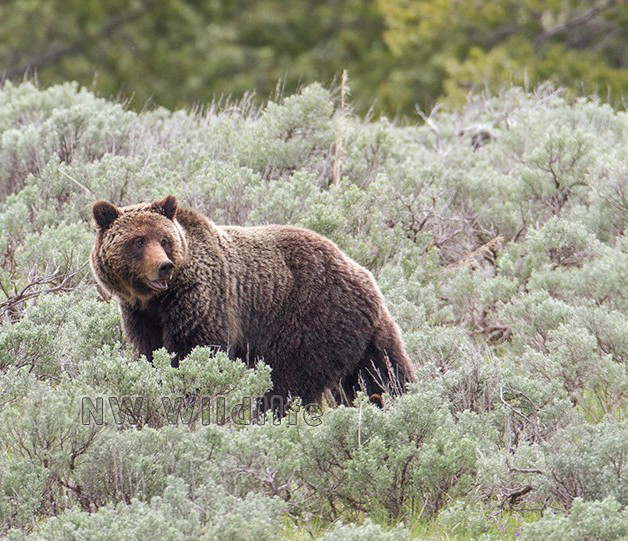Safety
Safety

What does NWW intend to share about safety? How is “safety” related to wildlife conservation? Whose safety is being considered?
With more humans every year, habitat loss is a major concern for wildlife. In addition, the millions of visitors from all over the world to our public lands places wildlife and humans in potential confrontation scenarios.
It is a wonderful thing for humans to experience and learn about animals in the wild! What we know, we love and what we love, we protect! Consider the fact that protecting a diverse and self-sustaining ecosystem is essential to maintaining a world that allows human life to continue.
However, there are always safety rules to follow to keep the humans and wildlife safe. Park and camping rules are not arbitrary. Ignoring them can lead to permanent injury or even death – and such encounters inevitably lead to the animal’s death even if the human was at fault. This kind of tragedy is a lose/lose/lose situation!
- A human loses his life.
- The wild animal loses its life.
- The country loses part of the billions of dollars that wildlife and public lands bring in every year.
Wild animals are – WILD
It’s safest to assume that any wild animal encountered that is larger than a squirrel – can present a hazard to you. Read and abide by all rules, even if you don’t believe they are necessary. Few of us are experienced with wild creatures! Consider some warnings from Yellowstone National Park…
Bison notice
Bison have injured more people in Yellowstone than any other animal. Bison are unpredictable and can run three times faster than humans. Always stay at least 25 yards (23 m) away from bison.
Elk notice
Cow elk are especially fierce and protective around their calves in the spring. Around Mammoth Hot Springs, they often hide calves near cars or buildings. Be cautious when exiting buildings or approaching blind corners. You can sometimes stop a charging elk by making yourself look bigger, yelling loudly, and aggressively waving your arms or a jacket. In the fall, bull elk battle for access to cows and challenge other males during the rut. They also charge cars and people who get too close. Always stay at least 25 yards (23 m) away from elk.